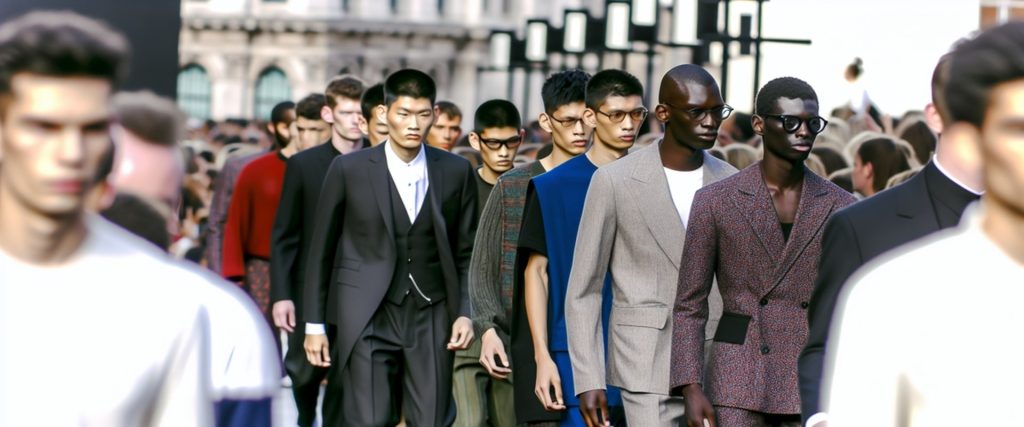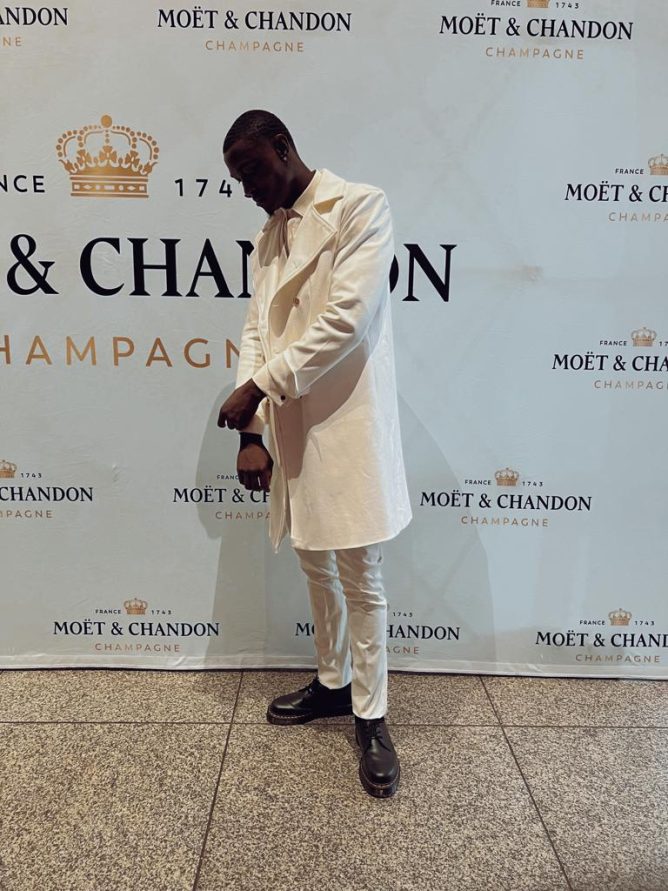OVER the years, the fashion business has experienced tremendous change, moving from a field dominated by strict beauty standards to one that values inclusivity and diversity. Male modelling is essential to this development since it not only displays apparel but also redefines what it means to be a man in today’s culture. Unquestionably, male modelling has had a significant impact on the fashion industry and has gone a long way in dismantling barriers and changing conventional ideas of masculinity.
The Rise of Male Modelling
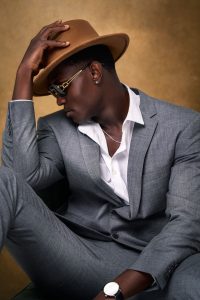
In the past, male modelling was a specialized industry that was frequently eclipsed by its female counterpart. Nonetheless, it has grown remarkably throughout the years. Well-known male models like Sean O’Pry, David Gandy and Tyson Beckford have cleared the path for upcoming generations by questioning accepted notions of masculine beauty. Because of their success, there is a growing need for male models in many areas of the fashion business, which indicates a trend towards greater diversity.
Breaking Down Barriers
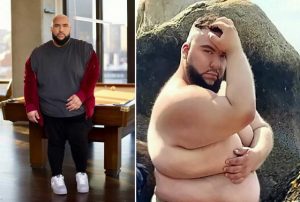
Male modelling has been crucial in upending conventional notions of attractiveness. The business is currently broadening its concept of beauty and masculinity to encompass models with a range of body types, ages, and ethnicities. This change affects how society views gender roles and masculinity, and it goes beyond aesthetics. By embracing their individuality, male role models contribute to a shift in the way society perceives masculinity, enabling a wider acceptance of various manifestations of manhood.
Redefining Masculinity
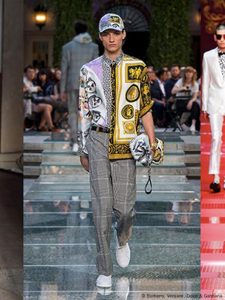
A notable transition from conventional to more contemporary and experimental styles may be seen in the evolution of male fashion. Men are encouraged to love their bodies in spite of social expectations by male models, who are leading the charge in the promotion of body positivity and self-acceptance. Additionally, the relationship between fashion and social justice emphasizes how male modelling can be used as a platform to advocate for diversity in the business and social change.
The Business of Male Modelling
The industry’s opportunities and limitations are revealed by the economics of male modelling. The financial potential are increasing in tandem with the demand for male models. Male models can now effectively use social media to develop their personal brands and reach a wider audience outside of the conventional modelling industry. It is impossible to overestimate the significance of representation; inclusive and diverse representation in advertising campaigns is essential to representing our society.
Conclusion
In summary, male modelling aims to dismantle barriers and redefine what it means to be a man in the modern world, not merely to display clothes. Male modelling has a great chance of continuing to shape social standards and advance inclusivity in the years to come. For prospective models, now is an exciting time to enter the fashion industry, as the journey of male models represents a larger cultural trend towards acceptance and diversity.
Frequently Asked Questions (FAQ)
1. What is male modelling?
Male modelling refers to the profession where men showcase clothing, accessories, and products for fashion brands, magazines, and advertisements. It encompasses various types of modelling, including high fashion, commercial, and fitness modelling.
2. How has male modelling evolved over the years?
Male modelling has evolved significantly from its early days, where it was often overshadowed by female modelling. Today, it embraces diversity in body types, ethnicities, and styles, challenging traditional notions of masculinity and beauty.
3. What are the key qualities needed to be a successful male model
Successful male models typically possess certain physical attributes such as height (usually between 5’11” and 6’3″), a fit physique, and strong facial features. Additionally, confidence, adaptability, and good communication skills are essential for navigating the industry.
4. How does male modelling challenge traditional masculinity?
Male modelling challenges traditional masculinity by promoting diverse representations of men in fashion. It encourages self-expression through clothing choices that may not conform to conventional gender norms, thus redefining what it means to be masculine.
5. What role does social media play in male modelling?
Social media has transformed the male modelling industry by providing models with platforms to showcase their work and build personal brands. It allows for greater visibility of diverse models and helps challenge outdated beauty standards.
6. Are there specific agencies that focus on male models?
Yes, many modelling agencies specialize in male models or have dedicated divisions for them. These agencies help aspiring models find work in various sectors of the fashion industry.
7. What trends are currently shaping male modelling?
Current trends include a focus on body positivity, inclusivity across different body types and ethnicities, and the rise of androgynous fashion. The industry is increasingly recognizing the importance of representation in advertising campaigns.
Related Articles
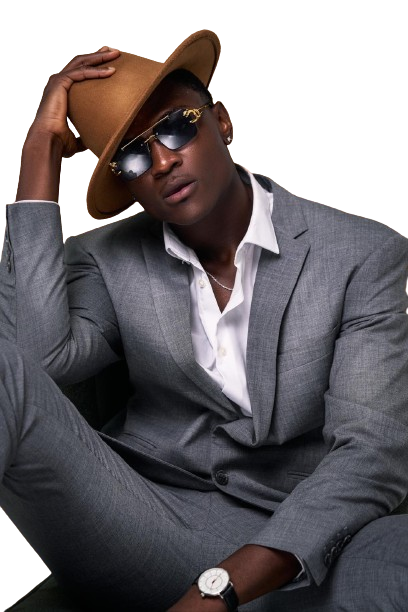
1.What Does It Really Mean to Be a Model?
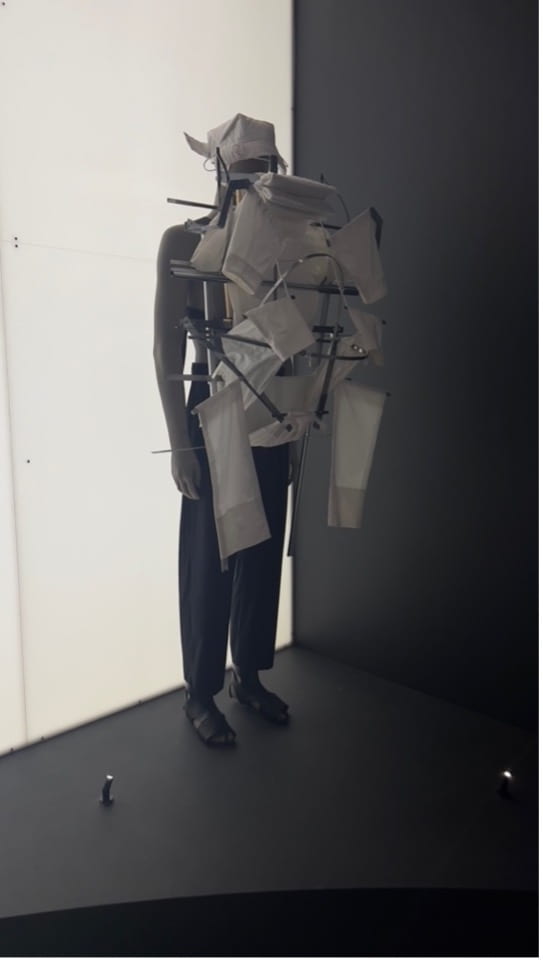
2.Redefining Masculinity in Fashion
.
